
- Share via
What will it take for you to leave California for Indiana?
Start with $5,000 to $7,500 in relocation cash. If that’s not enough, how about free health insurance for a year, unlimited golf club membership, a seat on the community’s nonprofit board?
How’s a Himalayan massage strike you? Or bourbon and burgers with the mayor?
Across the Hoosier State, dozens of counties and cities are practically stepping over one another in what has become the new competition across the land: attracting the pandemic-enlarged horde of people with remote jobs who no longer feel the need to live in more expensive urban centers such as Los Angeles or New York.

Some 30 states have gotten into the action.
Cities and states are accustomed to fighting for manufacturers and other businesses by offering tax abatement and sweet land deals.
The game today is recruiting higher-income and younger households — made possible by the rise of remote working and the geographic flexibility it has afforded many American workers.
Mariah Zingarelli, 29, a fourth-generation California native and self-declared Disneyphile, took the bait. She and her husband, Chad, 34, sold their house outside Fresno in February and a month later moved to Noblesville, Ind.

Never mind that she had never set foot in Indiana, let alone the 71,000-population city about 30 miles north of Indianapolis.
But the Zingarellis decided late last year to leave California for a new adventure. They discovered Noblesville from a promotional video and ads by MakeMyMove.com flashing the incentives.
The $5,000 cash was nice, Mariah said, but what was really appealing to her was Hamilton County’s top ranking as a place to raise a family — they have a 3-year-old daughter — and a suite of freebies connecting them to the community and leaders.
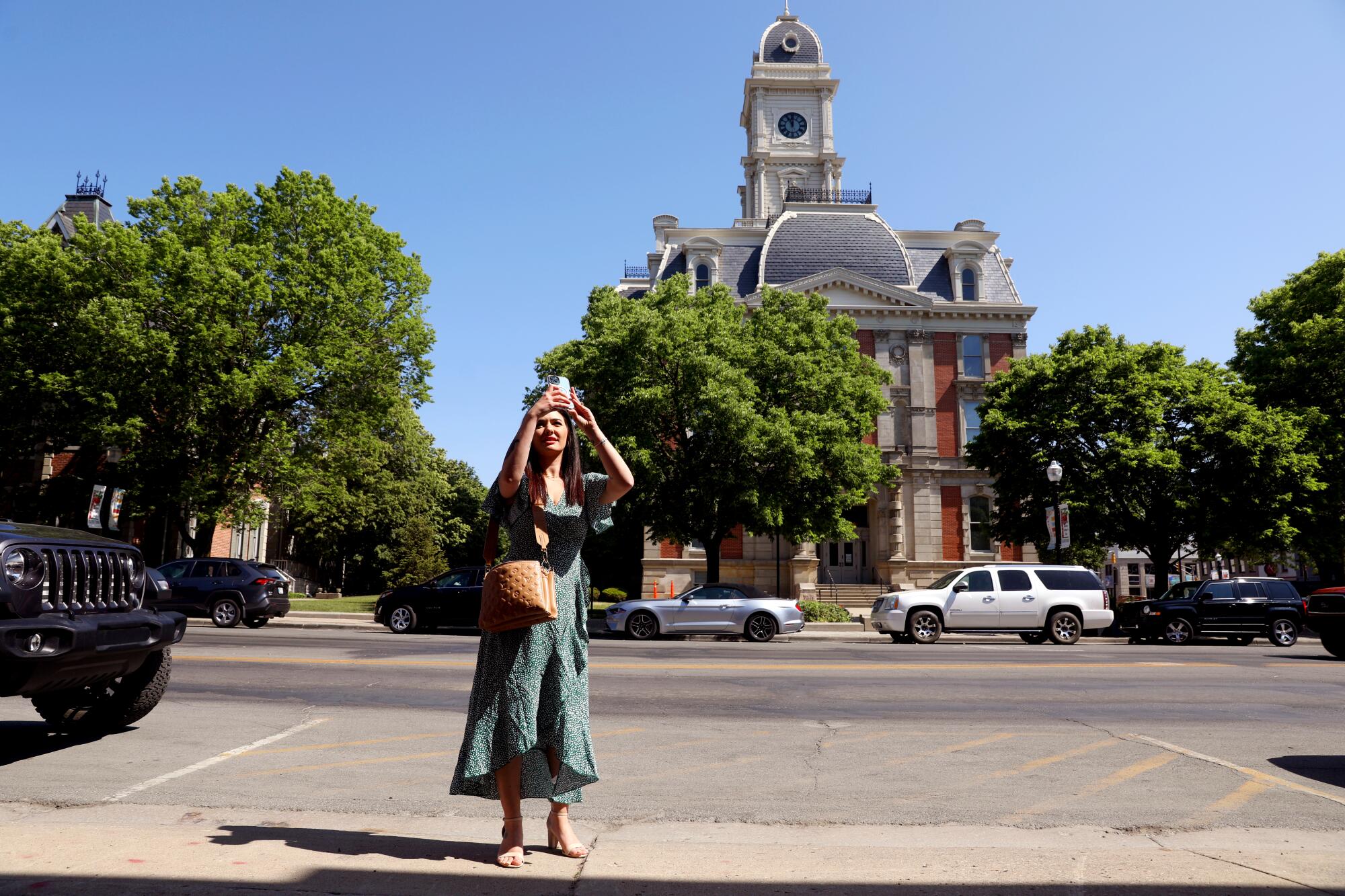
The package includes memberships in a co-working digital office building shared among entrepreneurs and remote workers, the city’s golf club and the local chamber of commerce.
“We felt like the incentives would really jump-start our business,” said Mariah, who with her husband runs a social media marketing firm. “You’re kind of getting paid to immerse yourself in the local community.”
Three months ago, the Zingarellis closed on a 3,500-square-foot, four-bedroom house for $495,000 in Noblesville.
Such newcomers are especially important to smaller communities that have long struggled with loss of population and talent to bigger cities.
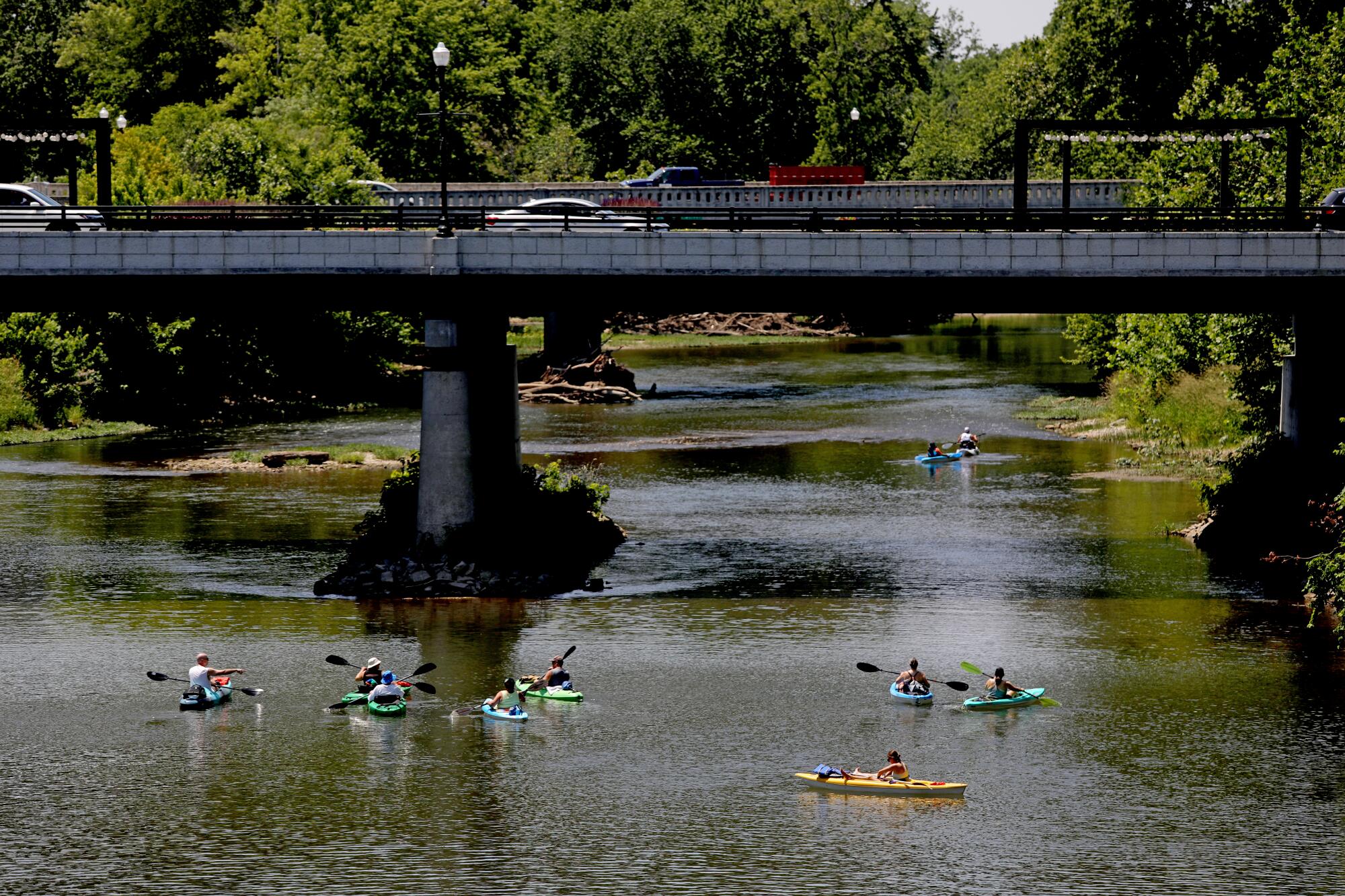
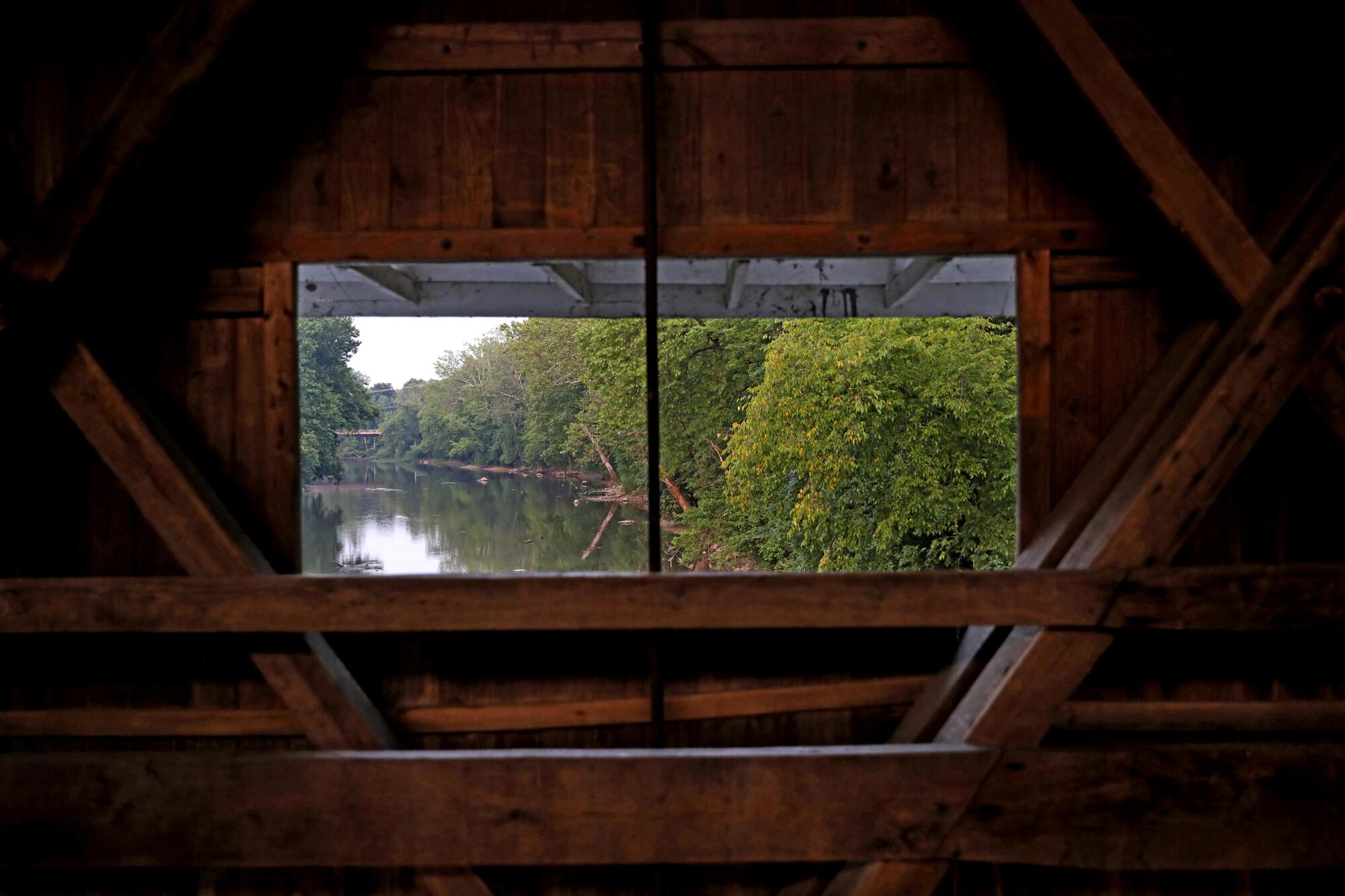
Now with the pandemic having caused a dramatic shift in employment — Stanford studies show about 10% of all workers are fully remote, five times pre-COVID-19 levels — many see opportunities to attract people looking for a quieter, cheaper and friendlier place to live.
“We want to grow our professional base,” said Todd Barton, mayor of Crawfordsville, Ind.
Typical relocation packages include grants of around $5,000, although several areas in West Virginia, including Morgantown and Lewisburg, say they’ll pay each qualified worker who moves $12,000 in cash.
To qualify, most places require that you move from out of state and have a remote job and a minimum income, usually around $50,000 a year.
Noncash inducements run the gamut. Gym memberships, entertainment passes and access to co-working office space are common.
Greensburg, Ind., is offering stand-in grandparents to babysit. One town promises you’ll have coffee with the mayor; in another it’s beer.
Elsewhere, the carrots are often tied to distinctive features of their communities.
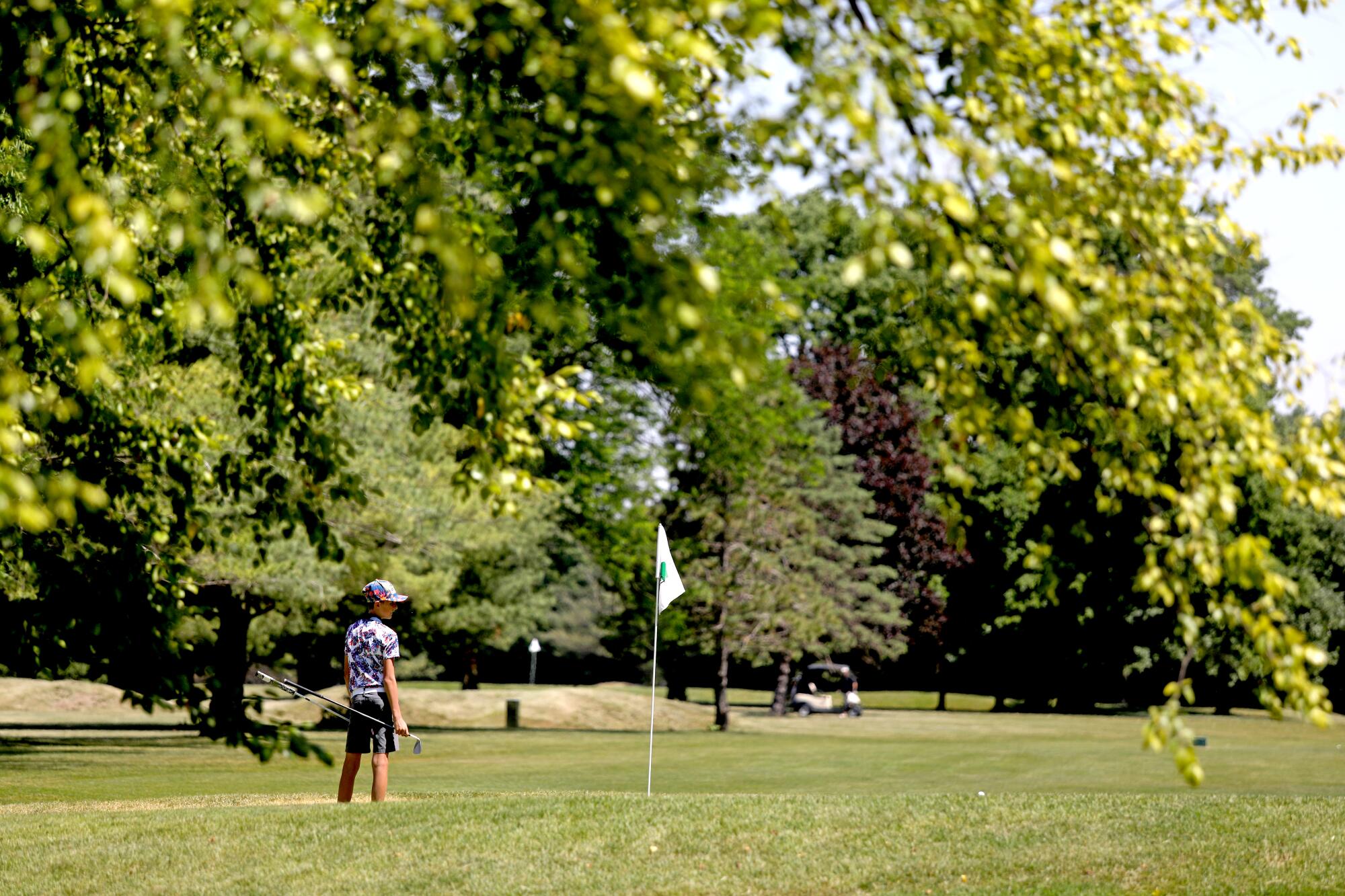
Poplar Bluff in southeast Missouri, population 16,000, is offering passes to stay at vacation cabins to enjoy the nearby waters and mountains of the Ozarks. They’re among 17 incentives valued at $11,000.
“I think we have a lot to offer,” said Matt Winters, Poplar Bluff’s city manager.
Whether anyone else agrees remains to be seen. He’s still waiting for his first applicant under the program.
“Our cost of living is low,” he added. “Rural America is attractive to some people. It takes me five minutes to get to work every morning, and that’s if I’m not in a hurry.”
Indiana has been one of the most aggressive states in going after remote workers.
Over the last two years, about 22,000 people have applied for the incentives in Indiana through MakeMyMove, which is based in Indianapolis and helps cities across the U.S. recruit remote workers.
More than 400 people have moved to Indiana and an additional 350 are on their way, said Christie Hurst, a MakeMyMove spokeswoman. It’s helped that Indiana’s Economic Development Corp. fronted the money for the program.
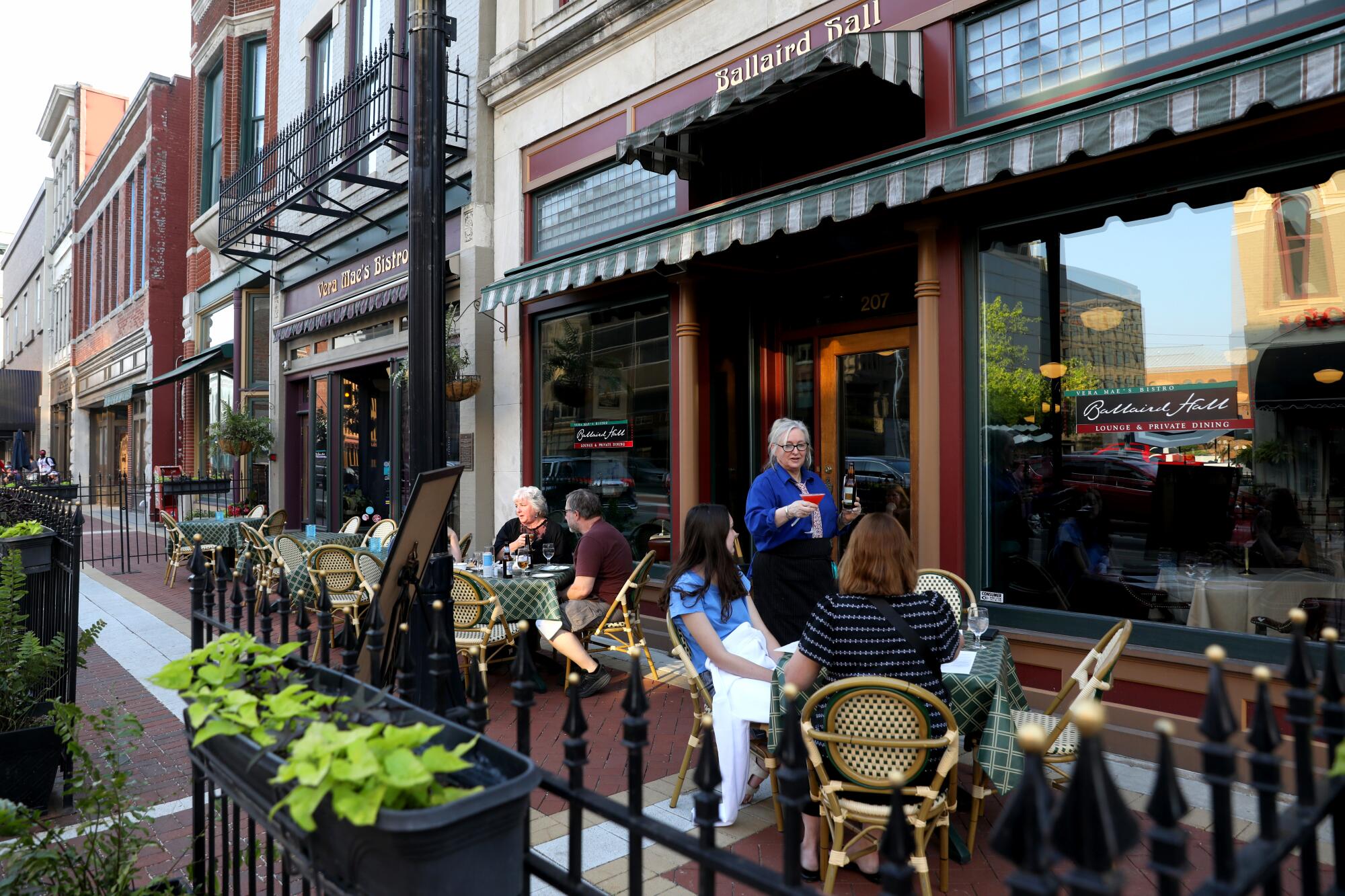
In Muncie, a city of 65,000 about an hour’s drive north of Indianapolis, Mayor Dan Ridenour said that nearly all 44 individuals who have moved to his town or accepted an offer mentioned the lower cost of living as a prime motivation.
After that, he said, they talked about being attracted by the ability to get involved in the community.
Muncie’s package includes $5,000 in cash and passes to use Ball State University’s library and fitness center.
“The incentives are like a sales ad. I personally feel it’s a better return on investment,” the mayor said, noting that the battle to lure companies can prove very expensive for cities and often doesn’t yield the hoped-for payoff.
When attracting new residents, Ridenour said, “it’s more about what they spend locally — at groceries, for a haircut, getting their car fixed. It drives spending and jobs.”
To be eligible for the cash and benefits from Muncie, workers have to come from out of state, have income of at least $50,000 a year and relocate within six months of receiving an offer.
Rudy Ramos, 41, of Fremont, Calif., is taking the plunge.
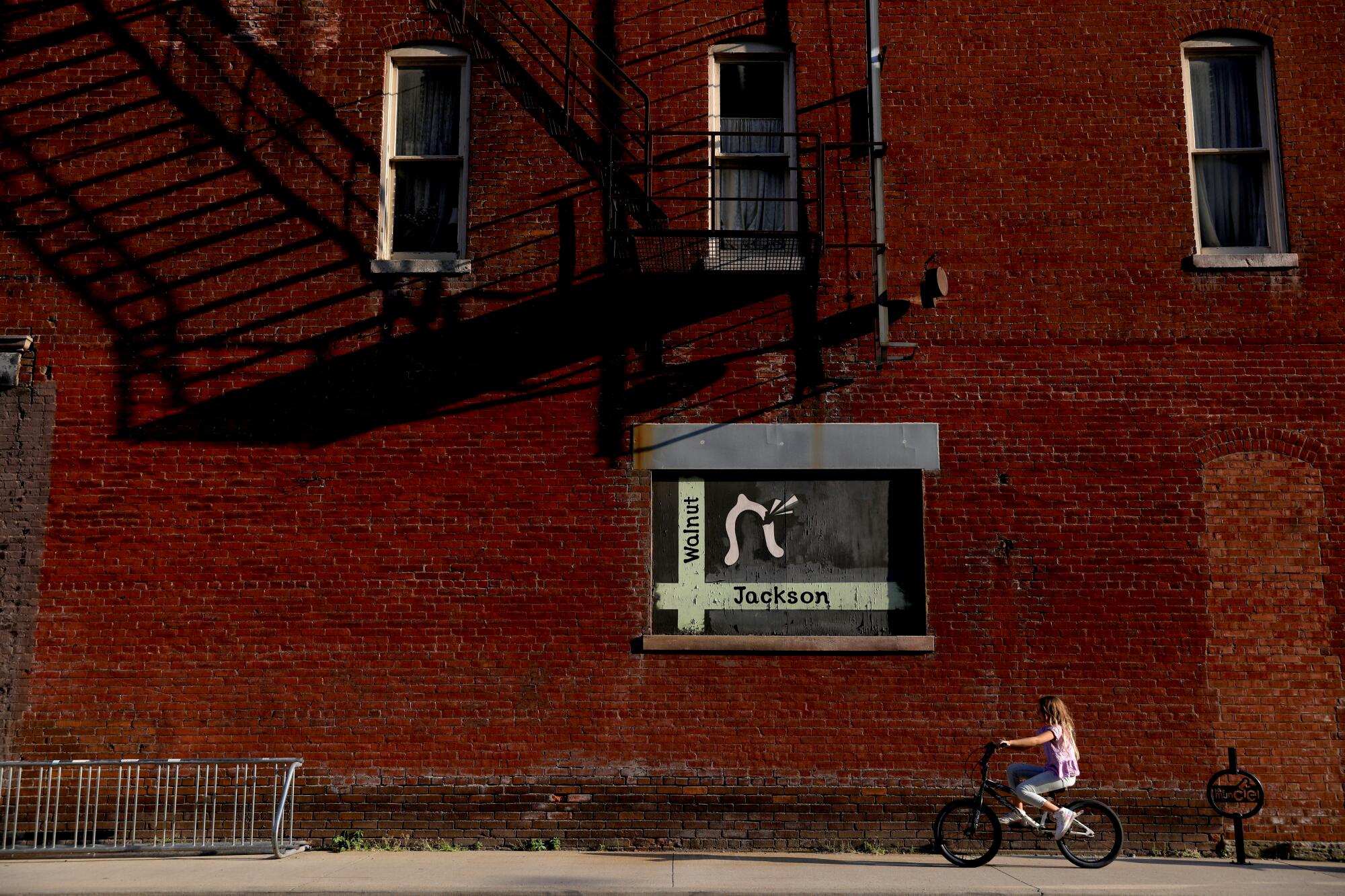
This month he will be moving to Muncie, taking with him a remote consulting business that helps build laboratories and medical facilities.
Ramos is single and has lived his entire life in California, but said he just couldn’t keep up with the rising cost of living.
He signed a lease for a three-bedroom house in Muncie for $950 a month. In Fremont he had been paying three times that much for a two-bedroom place.
“Honestly, it’s just way too expensive here,” Ramos said. “All I’m working for is for my housing. I don’t have an opportunity to reinvest in my business.”
As for the incentives, he said access to Ball State attracted him the most.
“I love learning new knowledge. I’m going to take full advantage of that library.”

More to Read
Sign up for This Evening's Big Stories
Catch up on the day with the 7 biggest L.A. Times stories in your inbox every weekday evening.
You may occasionally receive promotional content from the Los Angeles Times.












